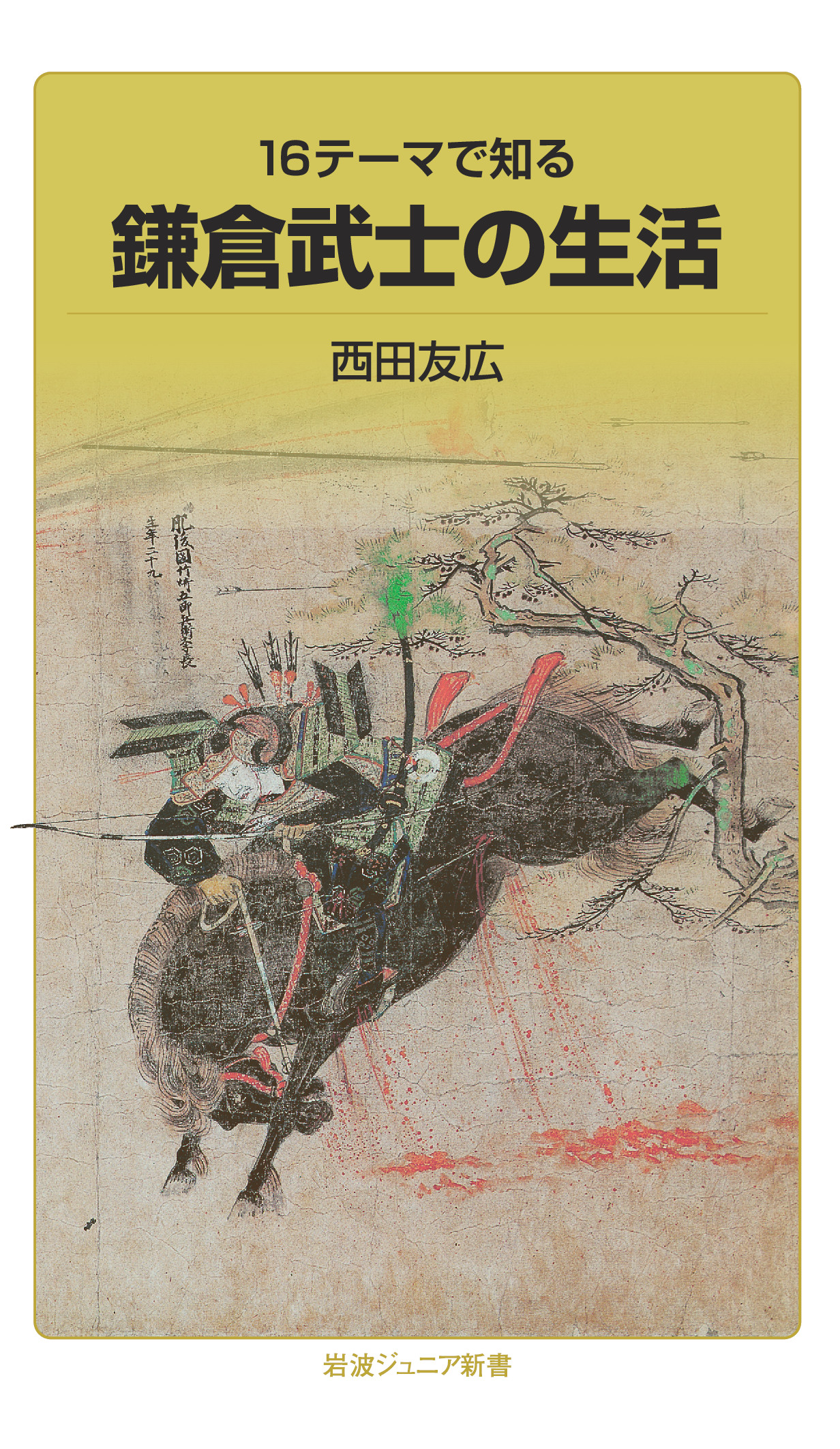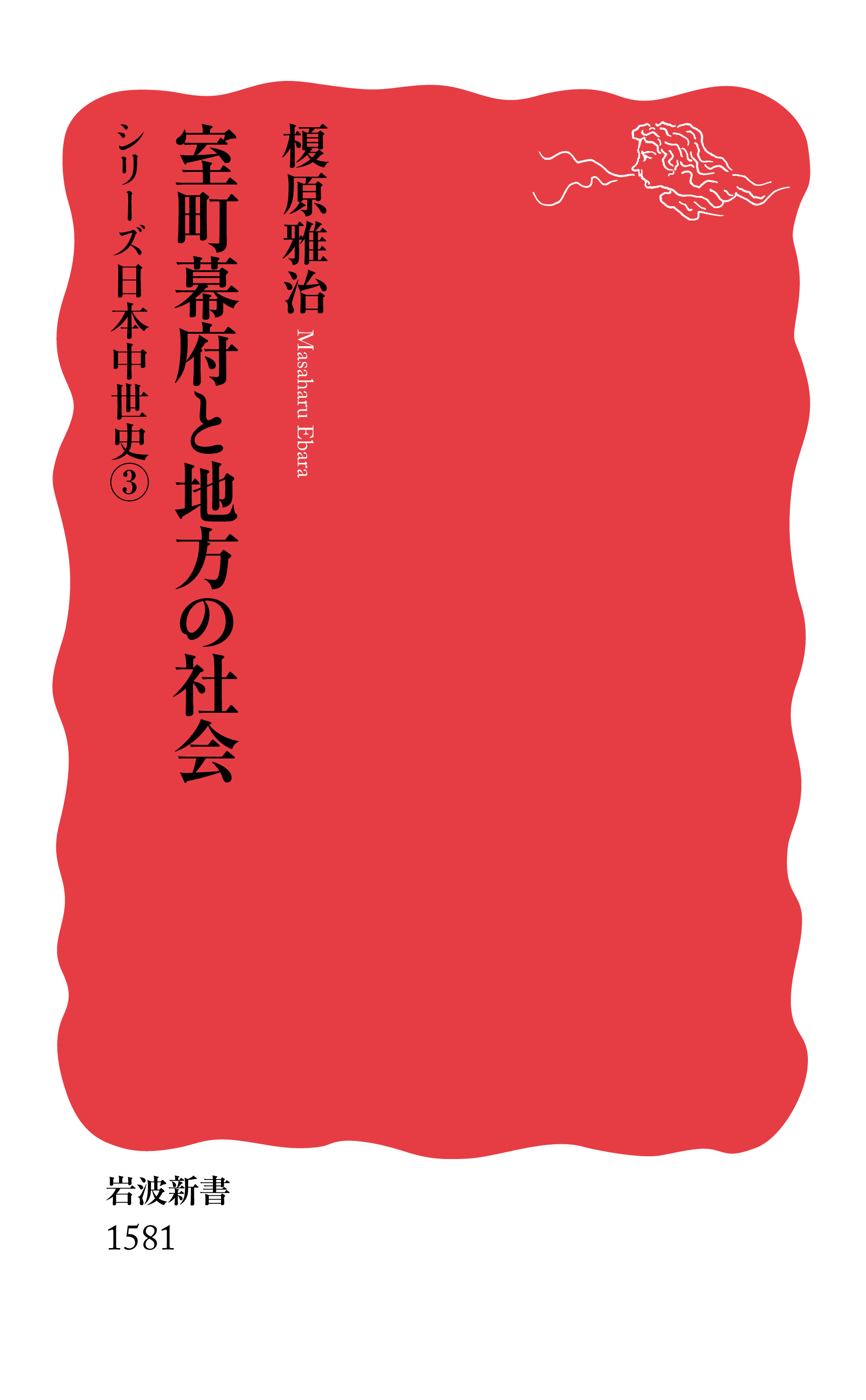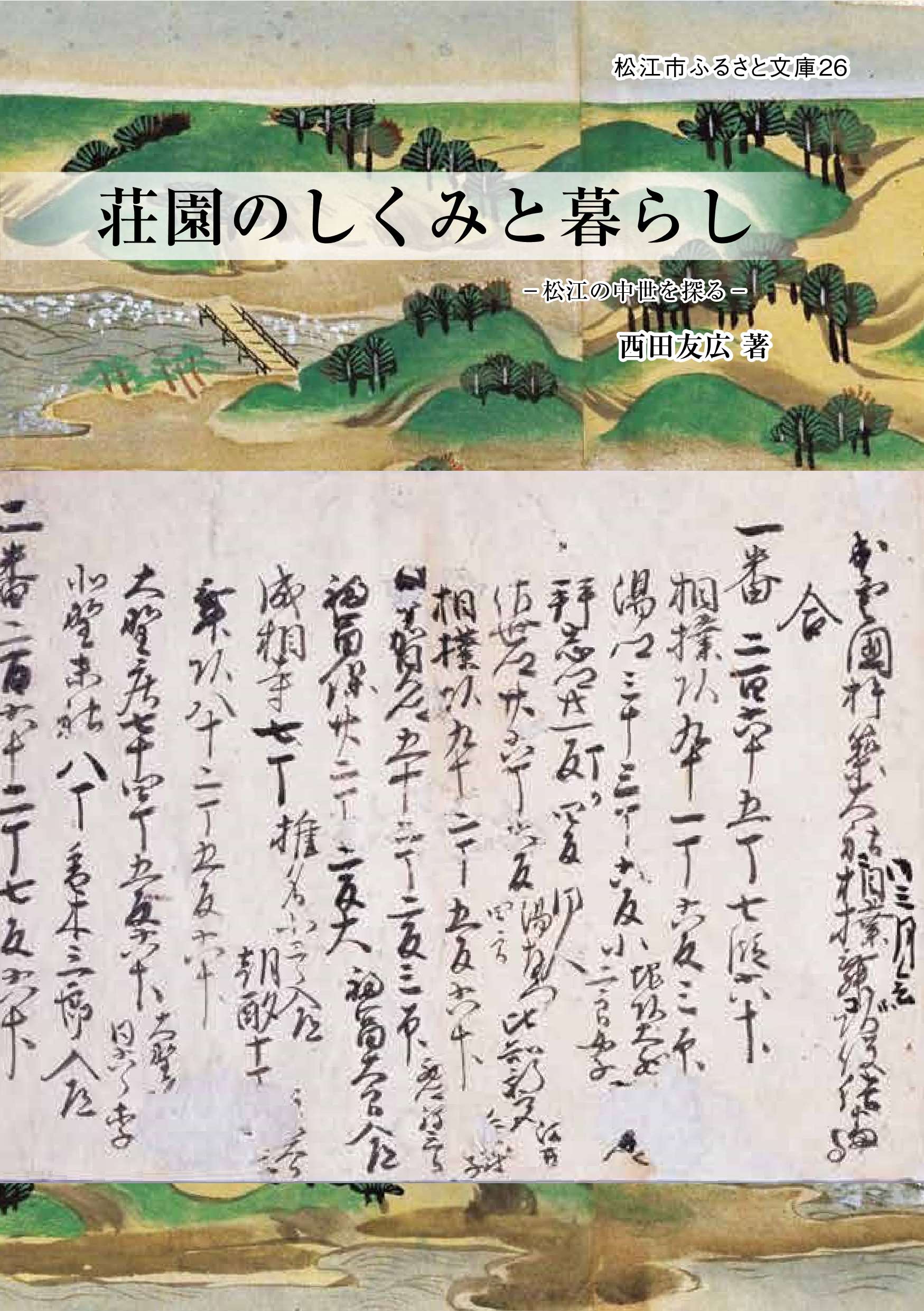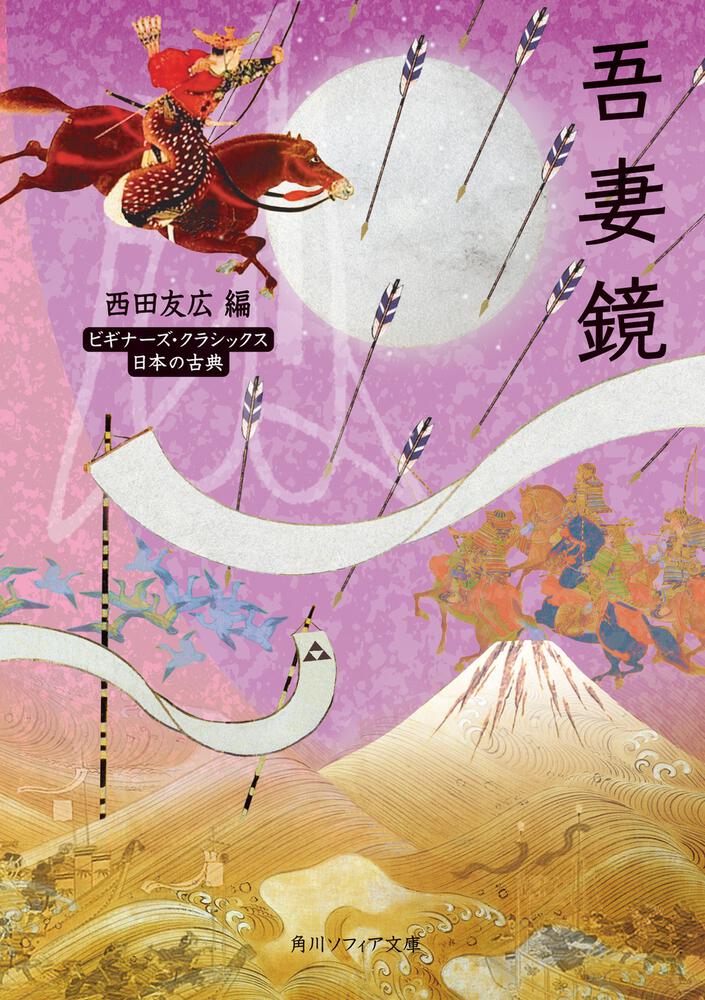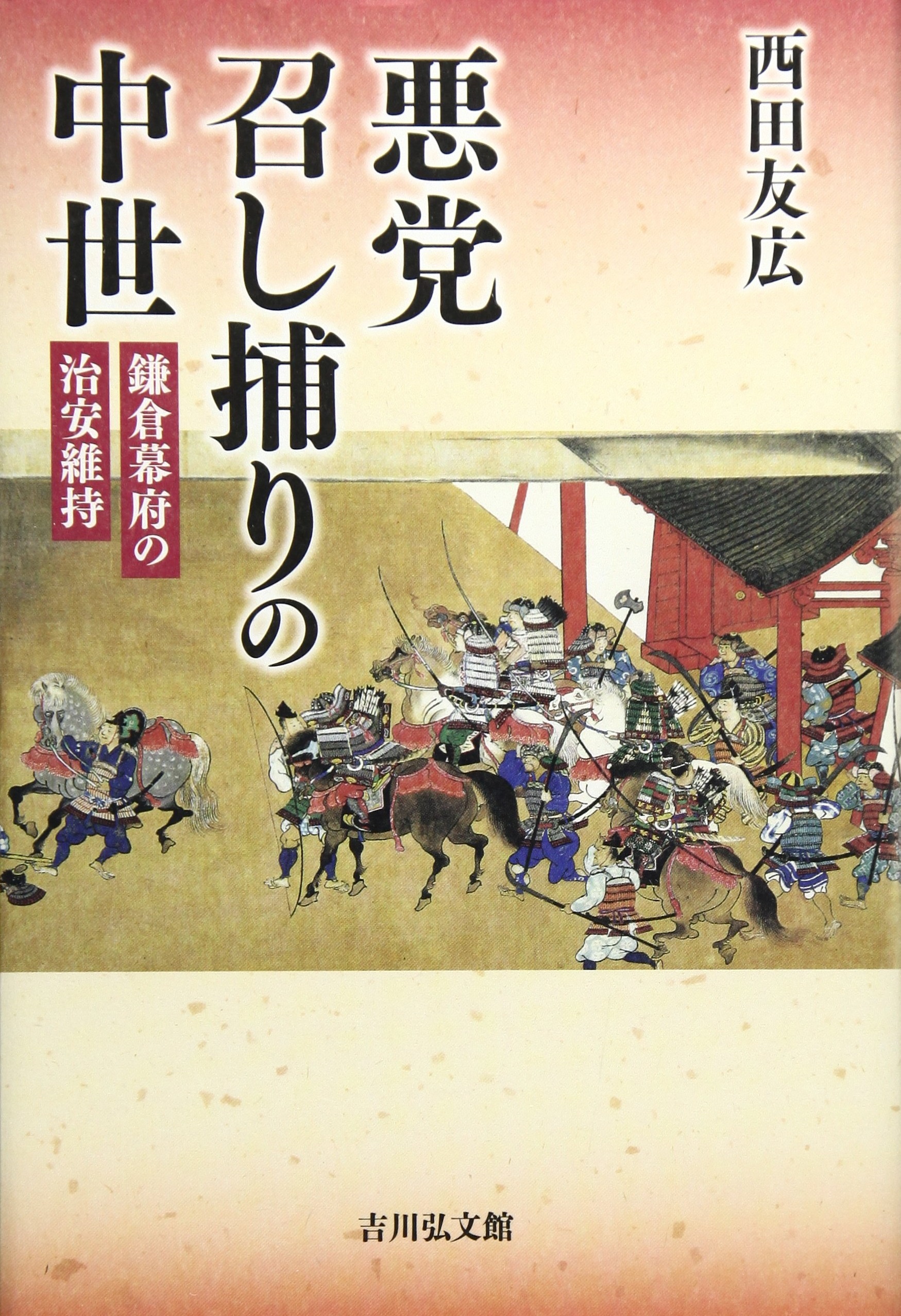
Title
Akuto Meshitori no Chusei (Medieval Japan’s crackdown on banditry: Maintenance of peace and order by the Kamakura shogunate)
Size
228 pages, 127 x 188mm
Language
Japanese
Released
February 20, 2017
ISBN
978-4-642-08313-3
Published by
Yoshikawa Kobunkan
Book Info
See Book Availability at Library
Japanese Page
In this book, I have provided an overview of the maintenance of peace and order in early medieval Japan, and I have translated the historical documents into living language so that even non-specialists can read and comprehend them.
In previous research, the scholars thought it natural that the Kamakura shogunate (鎌倉幕府, Kamakura bakufu), the government of warriors, took on a military role like the maintenance of peace and order. Therefore, they did not research the actual situation or the difference between stages of the shogunate.
I therefore concretely clarified the process as well as the background of how the maintenance of peace and order became the duty of the shogunate, how the shogunate established its structure, and both its achievements and limitations.
I have also identified the establishment of the Kamakura shogunate as the first step in the big historical process toward modern society, where the state monopolizes the right to use physical violence and the maintenance of peace and order is thought to be the duty of the state rather than the right or privilege of various men or associations of power.
The Kamakura shogunate obtained the capacity to carry out wars regardless of the imperial court (朝廷, chotei)’s views during the Jisyo-Juei (治承・寿永) disturbance because it was initially formed as a rebel force against the imperial court.
After the disturbance, the shogunate needed to be relocated within the existing social framework, and so in 1991 the imperial court positioned it as the entity responsible for maintaining peace and order with the entire country. This was a result of political compromise, but the maintenance of peace and order became the grounds for justifying its existence. For this reason, the shogunate cracked down on “akuto (悪党, banditry or villains).”
The shogunate separated the lands where the jito (地頭, estate steward) was appointed (地頭領, jito-ryo) from those lands under aristocratic exclusive proprietorships (本所一円地, honjo-ichien-chi) to avoid trouble with the imperial court or aristocratic proprietors, and thus established the structure for maintenance of peace and order.
After the Kocho (弘長) era (1261–64), the shogunate began to be involved in the maintenance of peace and order in the land under the aristocratic exclusive proprietorships that had been outside its jurisdiction until then.
The greatest reason for this was the unsettlement of land proprietorships or the manor system (荘園制, shoen-sei). During the time of land proprietorships, its interests became complicated, various influences were interconnected beyond the framework of land proprietorships, and rule by individual aristocratic proprietors became dysfunctional.
Moreover, when the Mongols invaded Japan, the shogunate ordered the aristocratic proprietors to pray or to provide persons and commodities, resulting in the shogunate being required to make a condition under which they could accept orders. The shogunate was then required to solve all armed conflicts that resulted regarding the interests of proprietorships. In such cases, the opposing parties would label their opponents as “akuto” and based on the policies of the shogunate they tried to use its military power to secure their own interests.
Finally, the maintenance of peace and order came to be regarded as the duty of the shogunate. However, the military power that the shogunate could mobilize only comprised its vassals (御家人, gokenin); hence, it could not adequately cope with the problems that it faced and fell to ruin.
(Written by NISHITA Tomohiro, Assistant Professor, Historiographical Institute / 2018)



 Find a book
Find a book


 eBook
eBook